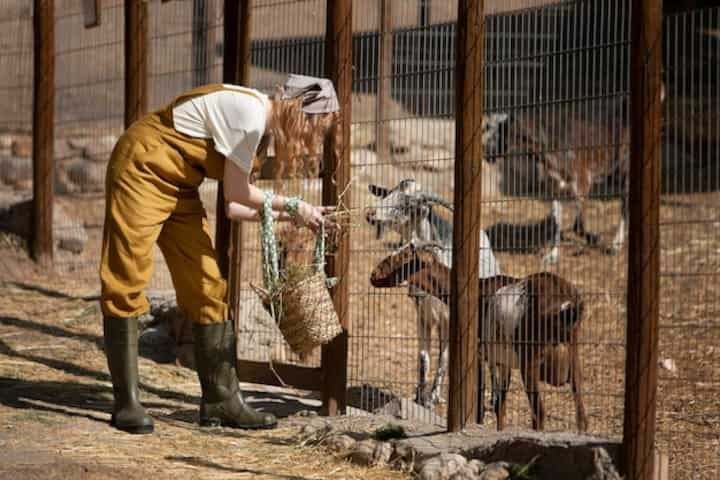
DIY Wildlife Removal Techniques Unveiled Safely Manage Intruders
Wildlife can bring a sense of wonder and joy; however, when they intrude into human habitats, they can become unwelcome guests. Managing wildlife invasions requires effective, safe, and humane techniques. If not addressed properly, these intrusions can lead to property damage, health risks, and disruption of peace. This article explores various DIY wildlife removal techniques, providing a comprehensive guide to safely managing these intruders.
Understanding Common Wildlife Intruders
Identifying the Intruders
Before implementing any removal technique, it's essential to identify which animals are causing issues. Common intruders include:
- Raccoons
- Squirrels
- Birds
- Bats
- Snakes
Each species requires a different approach for safe removal. Read more about this topic.
Signs of Wildlife Presence
Detecting the presence of wildlife often involves noticing subtle signs, such as:
- Unusual noises, especially at night
- Droppings in or around the house
- Nests in attics, chimneys, or eaves
- Damage to gardens or vegetation
Identifying these signs early can prevent further intrusion. Explore further insights here.
DIY Techniques for Wildlife Removal
Humane Trapping
Humane traps can be used to capture wildlife without causing harm. Once captured, the animals should be relocated far from residential areas. Ensure compliance with local wildlife laws before proceeding. Find additional information here.
Exclusion Methods
Exclusion techniques involve sealing entry points to prevent wildlife from entering homes. Key methods include:
- Securing trash bins with tight lids
- Repairing holes in roofs and sidings
- Installing chimney caps
- Using wire mesh to cover vents
These preventive measures can be crucial in ensuring long-term solutions. Learn more in this detailed guide.
Repellents and Deterrents
Various natural and commercial repellents can deter wildlife. Consider using:
- Predator urine or scent-based repellents
- Motion-activated sprinklers
- Ultrasonic devices
Using repellents can reduce the likelihood of wildlife approaching your property. Read more about this topic.
Safety Considerations
While DIY methods can be effective, safety should always be the top priority. Some wildlife may carry diseases or become aggressive when threatened. Always wear protective gear, such as gloves and masks, when handling wildlife. If the situation feels unsafe, consider consulting a professional for assistance. Explore further insights here.
Customer Reviews
For those considering professional assistance, reading customer feedback can provide valuable insights into the quality of services offered by wildlife management professionals. Check out customer reviews here to make an informed decision.
Conclusion
Effectively managing wildlife intrusions involves understanding the animals involved, employing humane removal techniques, and ensuring preventive measures are in place. By following these guidelines, homeowners can maintain a harmonious balance with nature while protecting their properties. For more comprehensive strategies and professional insights, find additional information here.